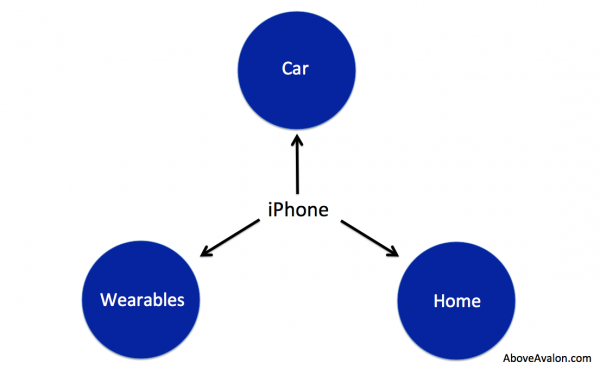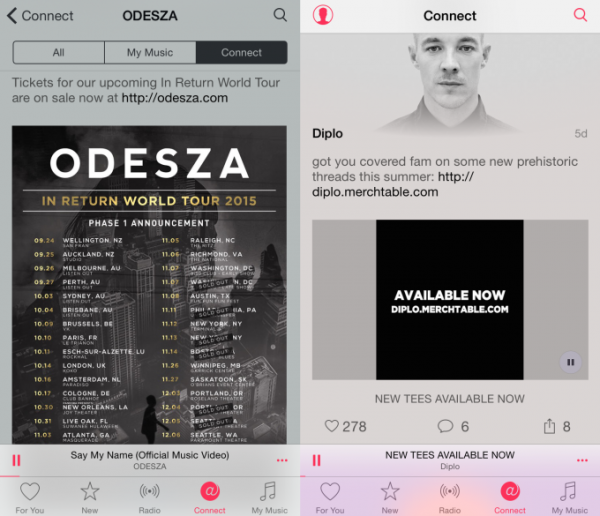As a web developer, I LOVE having dual monitors at my workstation. For my next workstation, I'm even considering a triple monitor setup. But I've often wondered, what if computers weren't bound by screens? What if we could have our entire peripheral vision as our digital screens?
Recently, I've been reading venture capitalists hyping up virtual reality like, "You guys won't fucking believe what kind of stuff Oculus Rift is working on right now!" But I have a hard time picturing everyone wearing goggles on their heads, completely cutting off the real world around them. It just doesn't seem mainstream-ready.
Last year, I borrowed my friend's' Google Glass. Being able to do hands-free video recording of my puppy was pretty awesome, but other than that, the apps didn't improve my life in any meaningful way. Plus, Google Glass seems like it's designed to be used outdoors, but it's too damn creepy and socially awkward to be worn out in public.
Enter Microsoft HoloLens.
Today's demo by Microsoft was impressive. For the first time, I could get a sense of how virtual/augmented reality could be meaningful in the real world. And unlike Google Glass, HoloLens is designed to be used in the privacy of your own home or office (i.e. not creepy at all).
I loved the part when they showed a Skype video session floating on a table top. Having these virtual items stay in position like physical objects is much more practical than constantly having windows fixated in the middle of your vision, ala Google Glass.
I want to live in a world where my entire home office becomes my computer screen. I want my code editor windows, browser windows, and PSD files virtually hanging on my wall. When I get a Skype video call from my boss to go over designs, I can pick up and place the Skype window a little off to the side and focus on the designs in front of me. And when I want to watch TV while working, I can have a virtual TV appear on the other side of my room. For the first time ever, that dream feels like it will become a reality.
It’s still early for HoloLens and this is only a demo video, but their live demo shows promise and I'm excited to see what this will be like in another 5-7 years.

